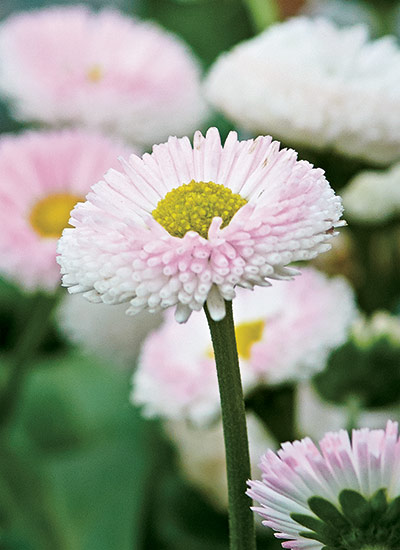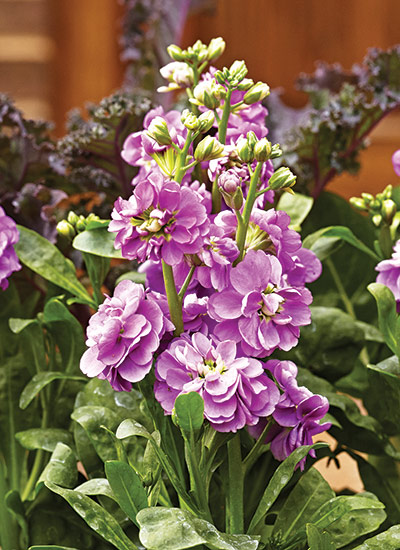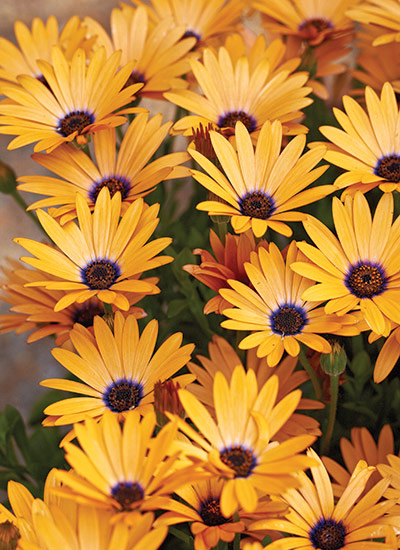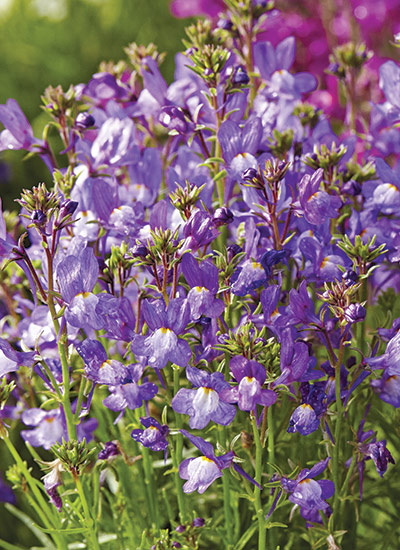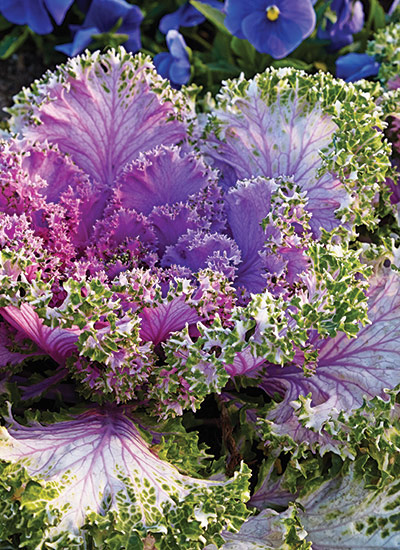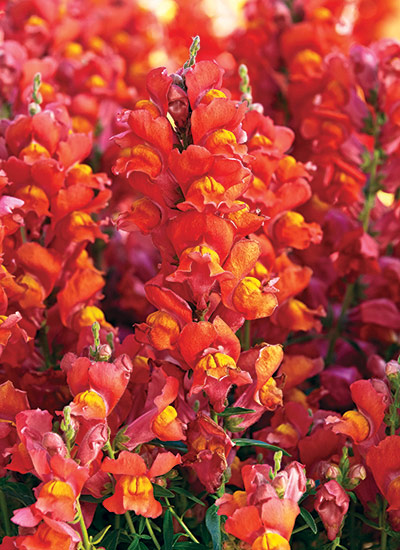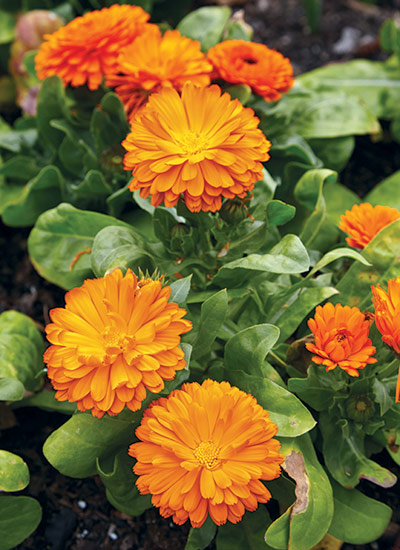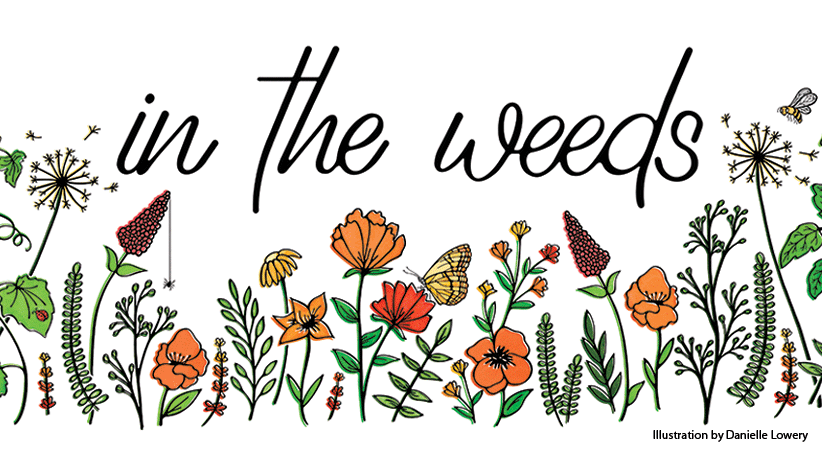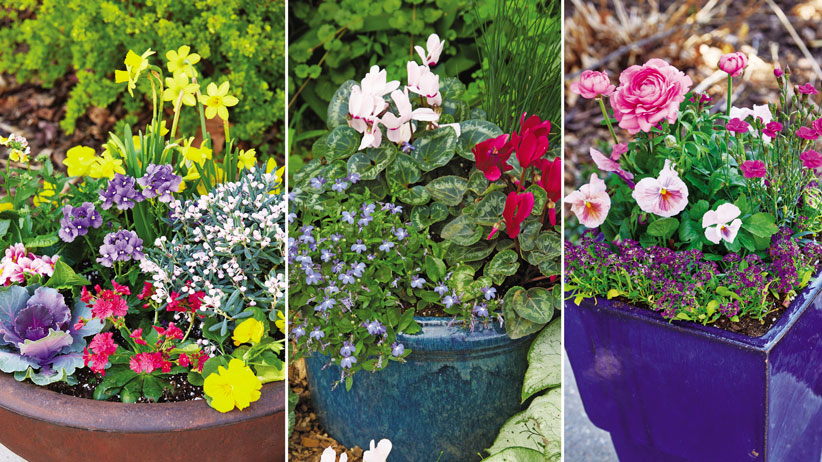The beauty of a frosty spring or fall morning is something to relish. Most gardeners don’t really design for it, but why not? There are plenty of cool-weather plants that not only tolerate a bit of frost, but are enhanced by it! You can set them out in spring or fall and in some climates, even watch them bloom through winter.
Find the right cool-weather plant
Here are eight plants that thrive in cool weather. Many of the flowers are available in a variety of colors, so you have a lot of options if you are looking for a particular color. Browse the tables at your garden center or peruse your favorite mail-order nursery’s offerings to find the one that’s just right for your garden.
You Might Also Like:
Mum & Kale Fall Container Recipe
How to Grow Pansies
Cool Weather Garden Bed
How to Sow Seeds Outdoors in Winter
As English daisy blooms and matures, its narrow petals multiply inward until the bright yellow center is hardly visible. This petite perennial flowers in shades of red, pink or white and sometimes bicolors, such as Bellisima™ Rose Bicolor above. Make sure plants have some shade, even if it’s from nearby perennials, and stay well-watered. A short-lived perennial, English daisy thrives in early spring or fall, but treat it as a winter annual where summers are hot.
Type Perennial Blooms Flowers are red, pink, white or pink and white bicolor Light Part shade Size 6 to 10 in. tall and 5 to 12 in. wide Hardiness Cold hardy in USDA zones 4 to 8




